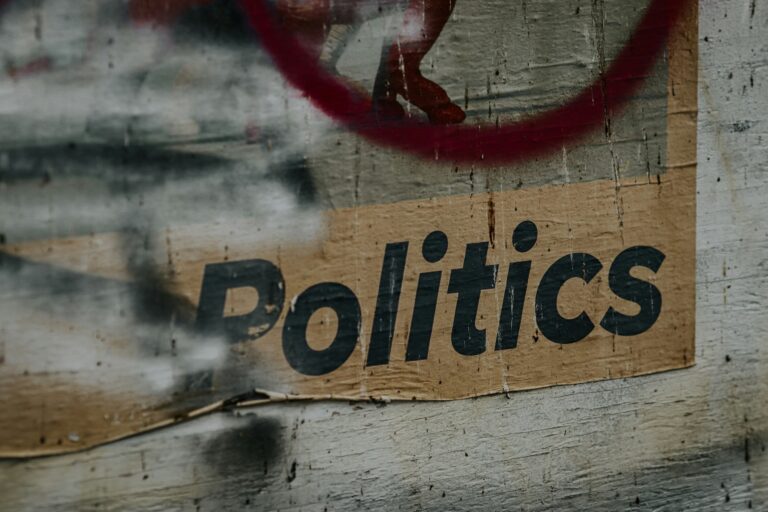× close
Credit: Unsplash/CC0 Public domain
Have you ever felt nostalgic when thinking about the past? Then you are not alone. According to survey researcharound two thirds of the European public feel nostalgic.
Nostalgia is defined as a predominantly positive emotion associated with the recall of memories of important events, generally experienced with people close to us. And these feelings may not be limited to Personal experiences: In politics, nostalgia can refer to a desire for a more prosperous past or to lost cultural traditions.
Take for example Italy’s far-right party, Fratelli d’Italia (Brothers of Italy), which currently leads the country’s coalition government. The party is 2022 manifest contained many nostalgic references.
A striking statement was that “the natural resources and artistic heritage of the nation constitute a heritage to be protected and enhanced”. Another was that “older people represent our history: a legacy of experiences, skills and talents that contributed to the birth and growth of our nation.”
Such statements draw on a shared pride in the nation’s past to craft a compelling narrative.
There is growing evidence that nostalgic feelings can affect our Political Views. Recent studies on the The Netherlands And Türkiye support these conclusions.
Nostalgic citizens are less satisfied with the government and are more likely to vote for radical right parties. In a new releasewe examined to what extent political parties capitalize on nostalgic rhetoric in their campaigns by analyzing 1,650 election manifestos published by parties from 24 European democracies between 1946 and 2018.
Electoral programs, by definition, mostly contain promises for the future. This is a list of commitments that a party promises to implement if it is part of a future government. But we also discovered that on average, about 10% of a party’s program is devoted to discuss the past.
Central and Eastern Europe: nostalgia reigns
We found that parties in Central and Eastern Europe and Southern Europe are more nostalgic than those in Northern and Western Europe. The average manifesto in Central and Eastern Europe included 44 nostalgic phrases per 1,000 sentences, while in Western and Northern Europe the average manifesto contains less than half.
It is also worth noting that many of the continent’s most nostalgic parties are classified as nationalist by researchers. Project Manifesto. Examples of highly nostalgic nationalist parties include All for Latvia, the Estonian People’s Union, Golden Dawn in Greece, the Sweden Democrats and the French National Rally (formerly National Front).
That said, although nationalists are the most prone to nostalgia, nostalgic rhetoric is evident across the political spectrum and is found in eight out of ten manifestos in one form or another.
It also seems that it is cultural conservatism rather than economic conservatism that prompts a party to resort more to nostalgia. Nostalgic rhetoric addresses cultural issues much more frequently than economic topics.
This is indicative of nostalgia as a device. The parties seem to strategically use nostalgic references and choose to focus on the past, present or future when we talk about a given topic based on the broader political context.
Other research shows that parties tend to formulate their educational, economic and environmental policies from a forward-looking perspective, while security, immigration and defense policies are more often discussed with an emphasis on the past.
Why is this important
There is nothing inherently wrong with nostalgia, but its use in political campaigns is, by definition, strategic. And its prevalence in the documents we reviewed suggests that the parties clearly see it as a useful tool.
But focusing on the past should not replace a critical assessment of a party’s plans for the future. A nostalgic feeling like “our historic towns, our cathedral towns and our preserved countryside are the envy of the world” is not an electoral commitment.
Its use could therefore be seen as a means of covering up when a party lacks concrete solutions or proposals for the future of the nation it seeks to govern. Given our propensity to nostalgiait could also be used as a narrative tool that could provide cover for parties seeking to introduce potentially controversial policies.
Research on policies such as gun control, immigration, and social justice show that voters can be swayed in directions they wouldn’t normally take if presented with nostalgic messages at the same time.
If socially conservative parties have identified it as a powerful rhetorical tool, perhaps socially progressive parties could also find a way to use it for more positive reasons. Since a significant portion of society experiences nostalgic feelings, such messages are unlikely to disappear from political discourse anytime soon.


